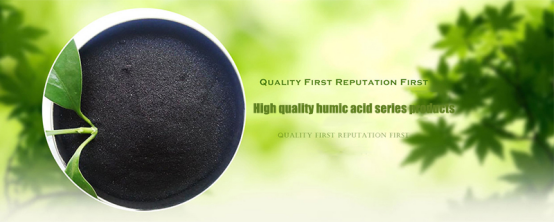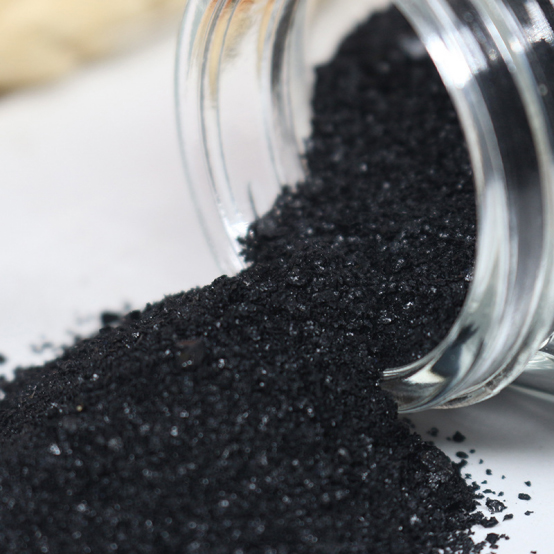Today I will tell you about a very popular fertilizer on the market – potassium fulvic acid from mineral sources. Note that it is not ordinary biochemical potassium fulvic acid.
As we all know, potassium fulvic acid is very helpful in improving soil quality, assisting crop growth, and improving crop yield and quality. In particular, potassium fulvic acid from mineral sources has more obvious effects.
Although the mineral potassium fulvicate is good, its good effects are based on correct use. It also has taboos for use.
What are the contraindications for the use of potassium fulvic acid from mineral sources? How to use mineral potassium fulvic acid to achieve the best results? In what growth period is the crop best used?
In addition, there are a dazzling array of mineral-source potassium fulvicate products on the market, and they are mixed. When choosing and purchasing mineral-source potassium fulvicate, how should we distinguish and judge the authenticity and quality of the mineral-source potassium fulvicate? With these questions in mind, here is a comprehensive answer for you.
The outstanding effect of mineral potassium fulvicate on soil crops
The main functions of mineral potassium fulvicate are as follows:
① Break up hardening, reduce salinity and alkali, alleviate the damage of repeated cropping, activate soil, adjust soil pH, gradually improve soil aggregate structure, and increase soil fertility;
② Enhance root activity, stimulate root growth, promote germination, enhance seedling vigor, strengthen straw and green thick leaves, promote early maturity, increase crop yield, and improve fruit quality;
③Enhance the robustness of crop growth and improve the crops’ resistance to cold/drought/waterlogging/diseases and pests;
③ Provide energy for the reproduction and activity of microorganisms. The higher the activity and the greater the number of microorganisms in the soil, the more they can naturally greatly improve the decomposition and utilization rate of fertilizers and reduce the use of large chemical fertilizers. At the same time, they can also reduce and inhibit various diseases on field crops. Soil-borne diseases;
④ Promote heavy metals in the soil, buffer crops from salt-alkali damage, and alleviate crop fertilizer and pesticide damage.
How to distinguish the authenticity of mineral potassium fulvic acid
Mineral potassium fulvicate has good effects and high selling price. This gives some unscrupulous manufacturers or merchants the opportunity to fake the price and make huge profits. Everyone must learn how to identify quality when buying, so as not to spend too much money. Not to mention, in the end, you will end up at a disadvantage and be deceived.
So, how to judge the quality of potassium fulvic acid mineral source? Here are a few methods to share with you:
First, look at the appearance color. Generally, the color of active humic acid fertilizers is not very black, and most of them appear gray-black or dark brown;
The second is to check the color of the aqueous solution. Take a small amount of sample particles and put them in a plastic bottle filled with water. After the particles are completely disintegrated, observe the color of the aqueous solution. Generally, the color of the aqueous solution of active humic acid fertilizers is brown or brown;
The third is to look at the color change after absorbing moisture. Generally, active humic acid fertilizers have good hygroscopicity. Take a few sips of moisture with your mouth or squeeze it in sweaty hands, and you will see that the active humic acid fertilizer particles become particularly black and shiny. . Of course, farmers should still choose well-known companies and big brands when purchasing humic acid fertilizers.
Four elements must be present to produce high-quality active humic acid functional fertilizers
One is high-quality raw materials. High-quality humic acid fertilizers generally use high-grade weathered coal from Xinjiang and Inner Mongolia and young lignite from Yunnan, and carry out reasonable compatibility;
The second is the activation process. By combining ultrafine grinding and oxidative extraction, smaller molecular weight, more oxygen-containing functional groups, and higher physiological activity will be obtained;
The third is chelation technology. The binding reaction between humic acid and nitrogen, phosphorus, and potassium also determines the effect of humic acid fertilizer application. The chelation reaction is not a simple mixing of humic acid and nitrogen, phosphorus, and potassium. In production, it is necessary to accurately control the pH, temperature, and Key indicators such as moisture;
The fourth is to increase the dosage. The premixed ratio of humic acid to nitrogen, phosphorus, and potassium also affects the agronomic effect of humic acid fertilizers. It is not that the more humic acid is used, the better. Years of practice have proven that when the humic acid content is 2-6%, the agronomic effect is more stable and more significant. This is also the amount marked in the “Humic Acid Compound Fertilizer” industry standard.
Post time: Dec-25-2023







